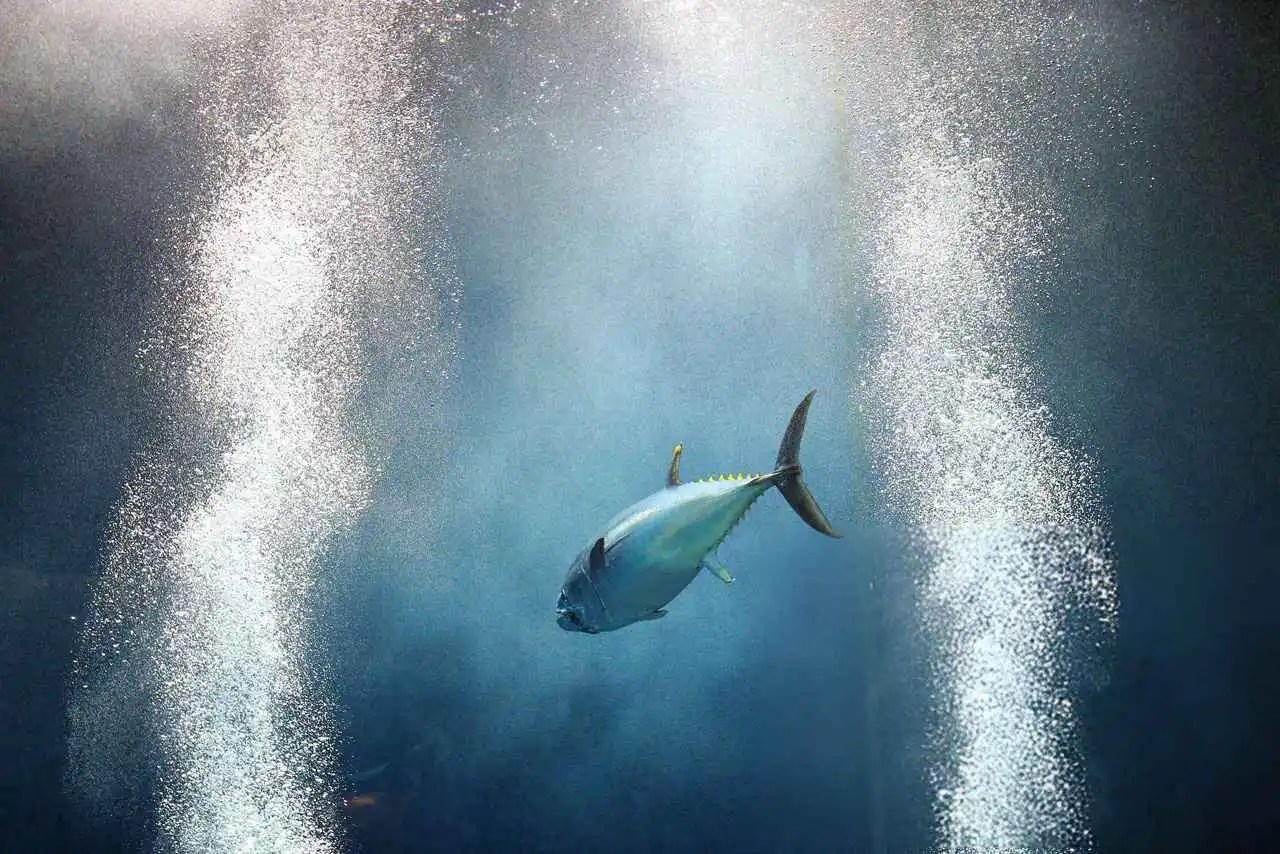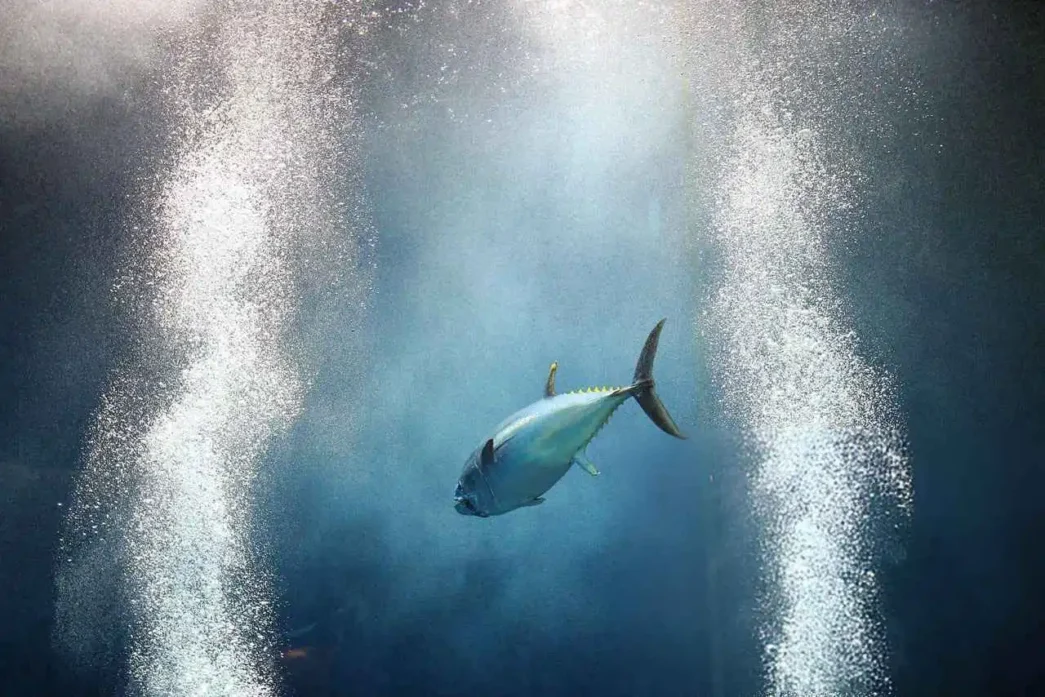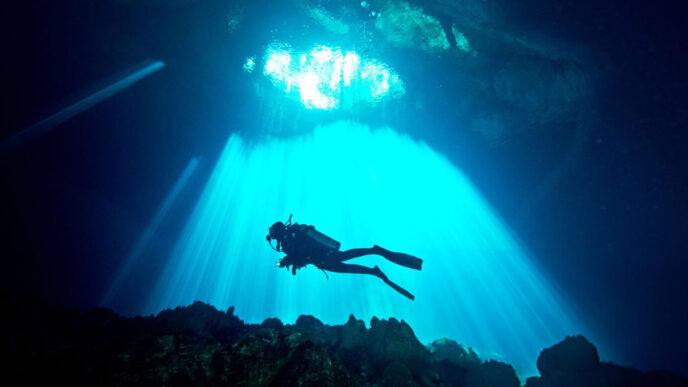The Enigmatic Appearance of the Oarfish
In a rare and captivating event, a shimmering oarfish often referred to as the “Doomsday fish” has been discovered washed ashore on the Mexican coast. Known for its elongated, ribbon-like body and striking silvery appearance, the oarfish is one of the ocean’s most mysterious creatures. These deep-sea dwellers are rarely seen near the surface, making their appearances both intriguing and symbolic in many cultures.
video credit: new scientist
Why Is the Oarfish Called the "Doomsday Fish"?
The nickname “Doomsday fish” stems from centuries-old legends that link oarfish sightings to impending natural disasters, particularly earthquakes and tsunamis. In Japanese folklore, the oarfish is known as the “Messenger from the Sea God’s Palace,” believed to warn coastal communities of seismic activity. Similarly, other cultures have viewed the fish’s appearance as a harbinger of storms or calamities.
The Significance of the Mexican Coast Discovery
The Significance of the Mexican Coast Discovery
Additionally, the public fascination with oarfish highlights the power of storytelling in raising awareness about conservation issues. By sharing stories like this one, we can inspire people to care about the oceans and support initiatives aimed at protecting them. Whether through reducing plastic waste, supporting sustainable fishing practices, or advocating for marine sanctuaries, every effort counts in safeguarding the future of our planet’s aquatic treasures.















